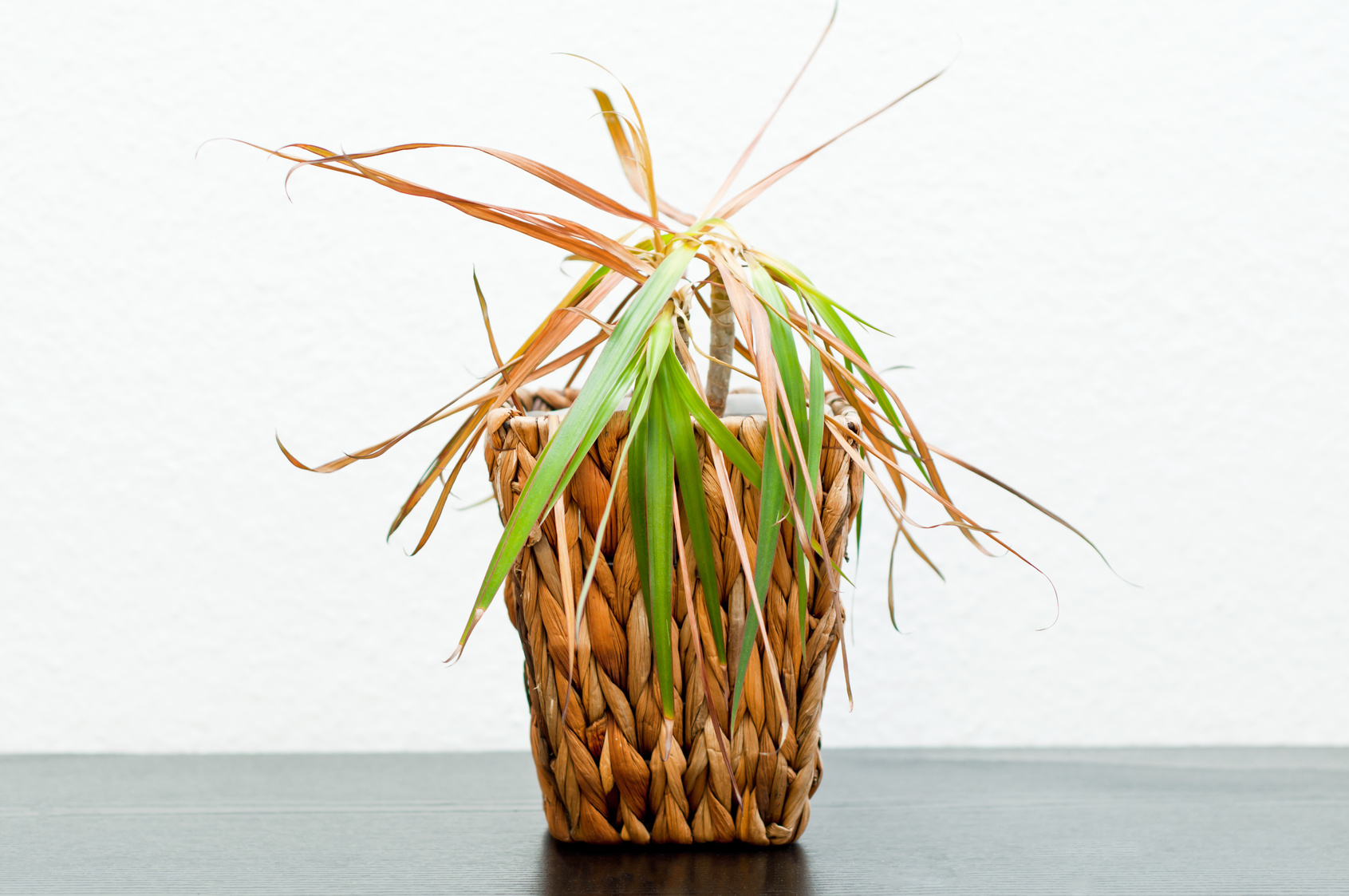Elemental disorder
/In this, the first of four posts, I will look at the traditional Chinese five-element theory. So, why four posts for five elements? One of the elements is wood (mu, 木), which I take as a proxy for the green things we’re looking to grow using the other elements.
Core elements
Those elements are: water (shui, 水), fire (huo, 火), earth (tu, 土), and metal (jin, 金). The role of water and earth in urban farming is self-explanatory. Fire I will use as a proxy for light (the sun and mimics of the sun) and metal will need to be creatively extended to include the nutrients (metals and minerals) a plant needs.
There is an argument to include air, given the importance of airflow and the role of wind in pollination. I think that merits a separate post though, focusing on the placement of your plants in your urban farm, or the Feng Shui (feng, 风, meaning ‘wind’ and shui, 水, meaning ‘water’). Stay tuned…
Water you talking about
Writing on the role on water in growing plants is a bit like writing about fuel required to power vehicles… or is it? One of the common challenges I and other urban farmers have is ensuring generally pot-bound plants are appropriately quenched. Overwater and you’ll probably get something looking like:
Yellowing leaves, only half the plant growing, classic over-watering clues.
The telltale symptoms include: yellowed and wilted leaves, rotting (which often manifests in the tips of leaves turning brown), and blistering under the leaves. The yellowing, browning and/or blistered aesthetic is not the real problem though. If your plant is over-watered it means you’re depriving the roots of oxygen, which in-turn hampers the generation of new buds. If this cycle isn’t broken, the plant will eventually die.
Plant detective
Yup, dry as a bone, you've guessed it, that was under-watered.
How do you tell then that you’re killing your plant with watery kindness especially when under-watering also turns leaves yellow and wilted? Blistering is a great clue, as the blisters are water the plant can’t process properly. Similarly, visible rot around the plant-base and roots is a helpful indicator.
You should also feel the leaves that are dropping. Are they dry and flaky or limp and soggy? The latter is a clue to over-watering, the former to under-watering (but remember seasonal shedding of leaves may also leave then crisp and dry).
Shui (水) to go
So how do you not over- or under-water? Get stuck-in, with your fingers. Put your fingers into the soil, half a finger’s depth should do. If the soil is dry it is time to water, if it is moist then leave it be, but if it’s soaking, ease off the amount of watering. Once you’ve established it’s time to water get into a routine: not a routine set by our timeframes, but by the plant’s. Wait until the soil on the top of the pot is a little bit dry and give the plant a thorough watering.
Drainage is crucial. If your pot is closed (i.e. not hole(s) in the bottom) then you’re going to need to be extra vigilant on checking the soil isn’t over-watered. But even with pots with drainage dense soil and roots can almost form a plug. One solution is to change the earth (土, stay tuned for subsequent posts), and as part of that solution you could also incorporate elements to aid drainage, for example, like this:
This is perlite, a volcanic substance that retains little water and is therefore very common in hydroponics too. You can substitute all kinds of things though, from organic matter, like bark and wood chipping, to marbles or stones.
In an unintended but quite neat transition from volcanic rock the next post up will be about fire (火), sign-up today!




